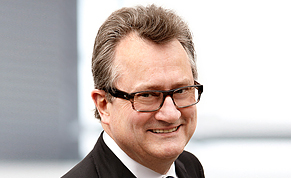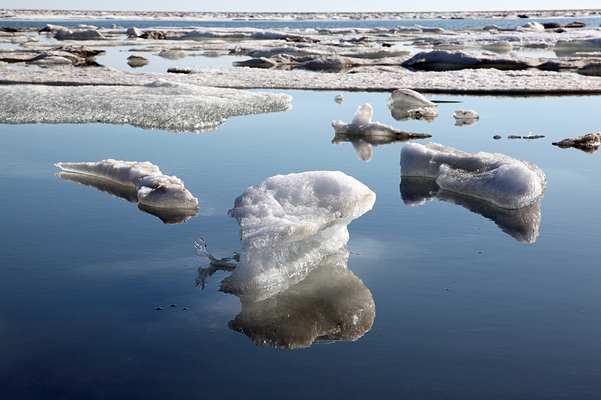Patience reaps rewards. That is the opinion of those who have spent the last half century watching the polar ice caps melt, dreaming of a northern shipping route between the Atlantic and Asia. Until now always an alluring yet audacious dream, a commercially viable Northern Passage could soon become reality.
In only a few years, sea ice cover in the Arctic has shrunk dramatically. In autumn 2012, the total Arctic ice volume was 36% lower than the average autumn ice volume from 2003 to 2008. The first ships navigated the previously ice-bound northern sea passage in the late summer of 2005, and three years later the passage was pronounced completely ice free for the first time.
In some commercial offices there are now excited murmurings: this is one of the great advantages of global climate change! In 2010 four ships navigated the Northeast Passage along the coast of Russia. One year later, that number had jumped to 34, and last year it was 47. According to forecasts, by 2030 two percent of global shipping could travel via the Arctic, rising to five percent by 2050.
Could we? Should we? There would be a high price to pay for this new route. A price that no-one is currently in a position to realistically calculate, namely that paid by the environment. Of course shorter trade routes are appealing. The route from New York to Tokyo via the Northwest Passage is 4,200 kilometers shorter than the route via the Panama Canal. The journey from Hamburg to Yokohama is reduced by 36 percent, and that from Hamburg to Shanghai by 25 percent. And there are no pirates in the Arctic, either. Thus in theory the route could speed up transportation and drastically reduce the consumption of resources as well as CO2 emissions.
However, the polar route is passable for merchant shipping only in the summer, if at all, and even in the summer sudden changes in climate can cause the waterway to freeze back over. Five years ago forecasters predicted the Arctic's first ice-free summer for 2008. Yet when the said year arrived, the Arctic Ocean actually remained frozen.
Ice is neither the only nor the most significant hazard presented by a summer passage, however. The main risk is accidents that could involve the spillage of countless tons of oil and chemicals. These would cause irreparable damage to a highly sensitive ecosystem that is unique in the world by dint of its being untouched. If there were an oil spill, there is no equipment that could remove the highly toxic raw material from the drift ice.

